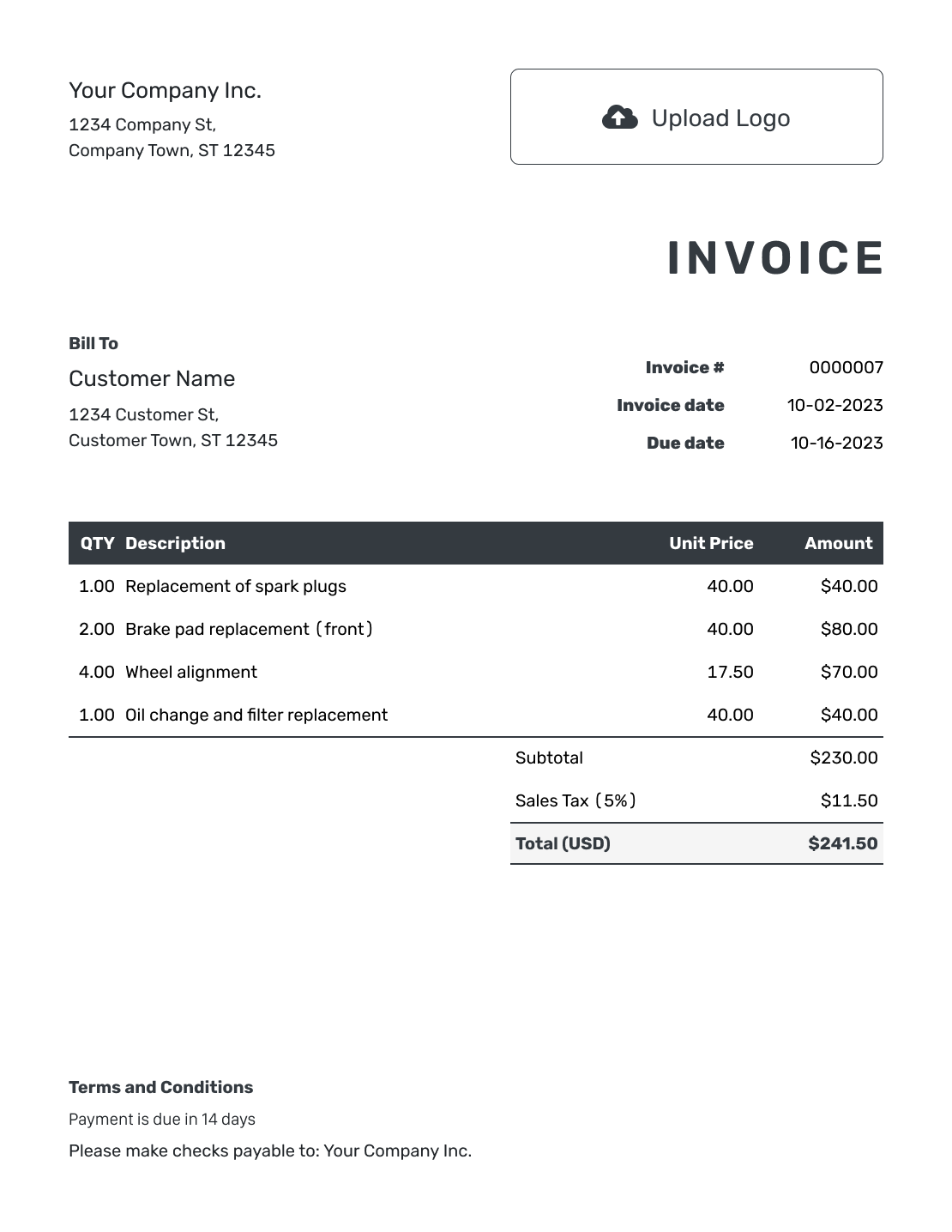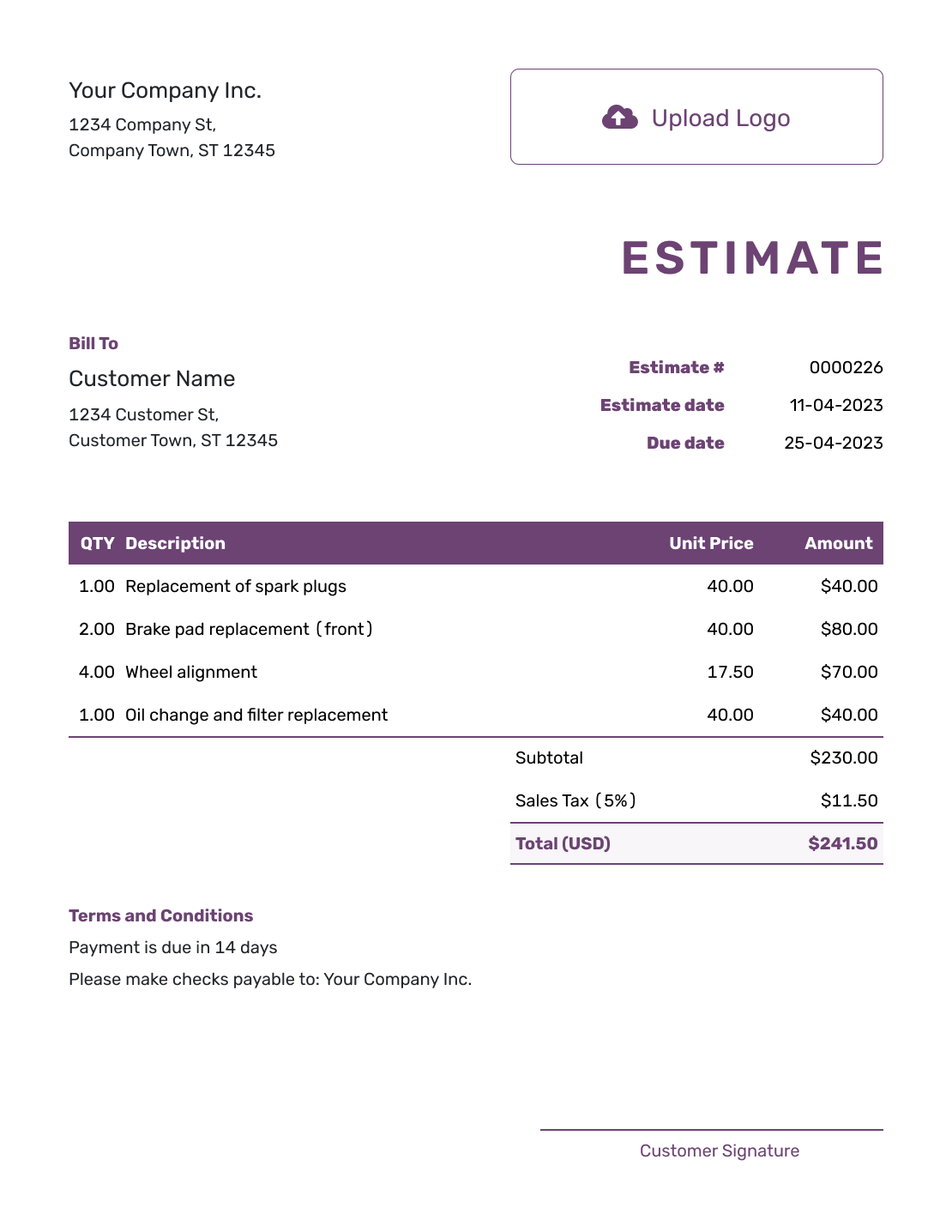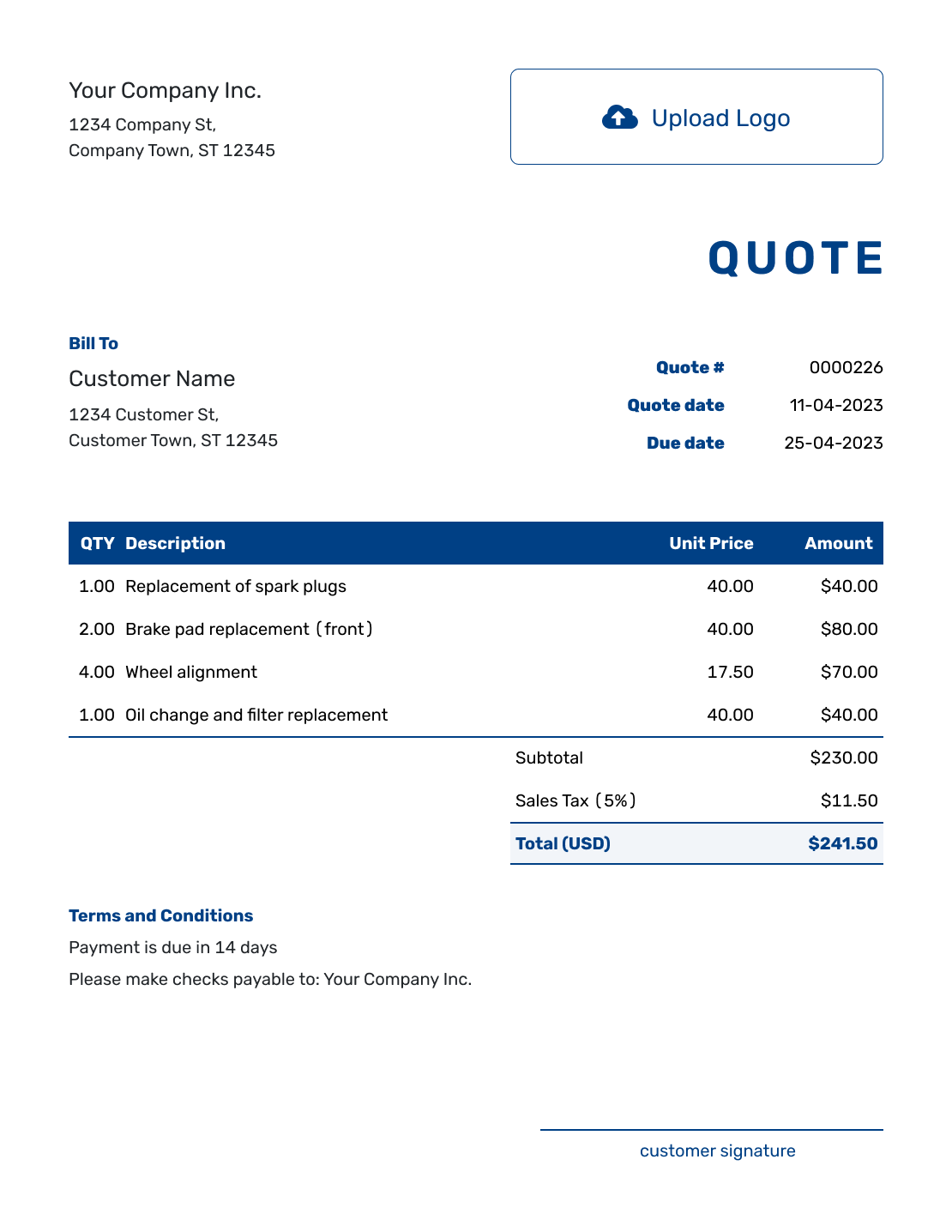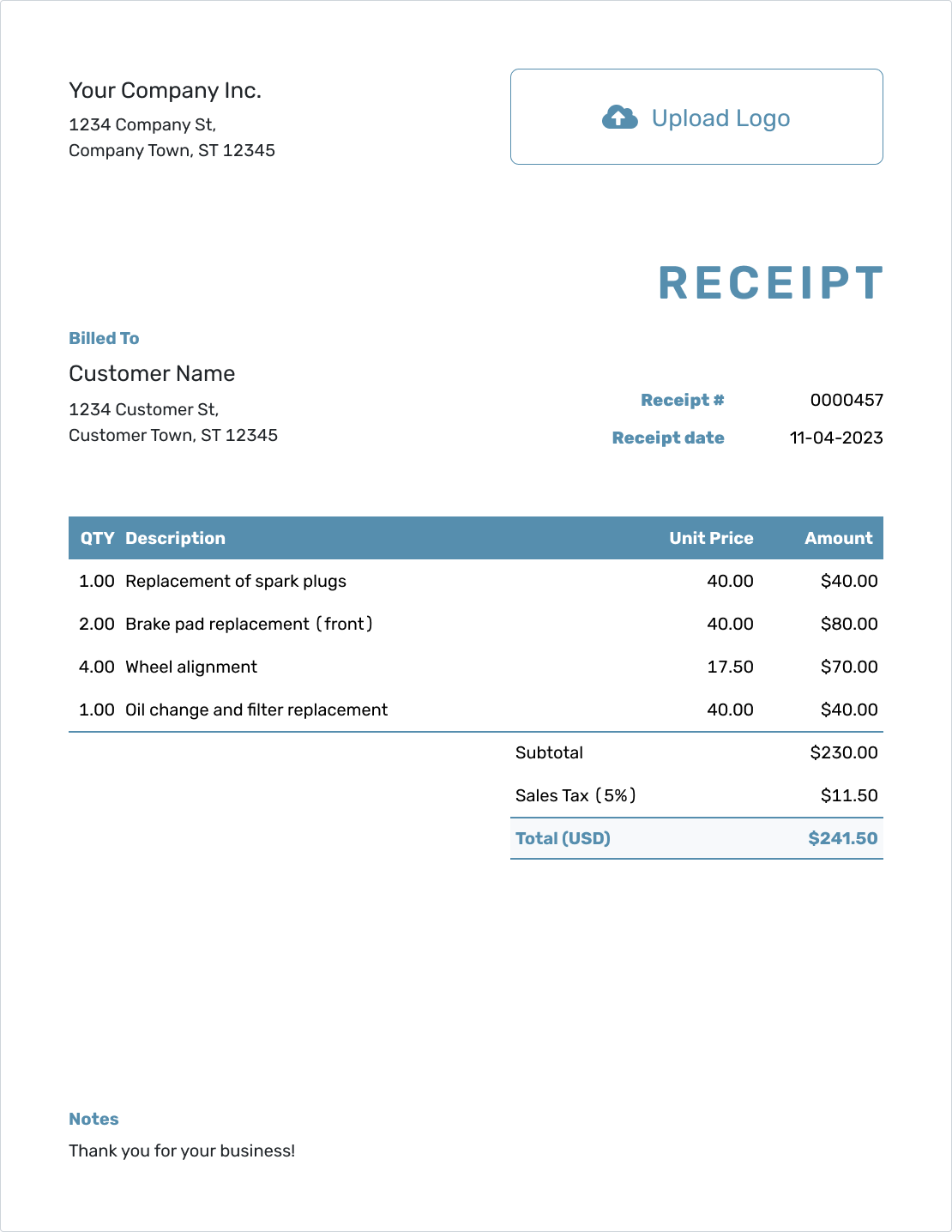Understanding
Dividend Distribution
Est. reading time: 6 min

A dividend distribution is just a way of sharing a company’s profits with its shareholders. Imagine you own a slice of a company, and that company makes some profit. To reward you for investing in them, the company might decide to pay you a part of those profits. That payment is what we call a dividend.
What Is Dividend Distribution?
Dividend distribution is when a company decides to share a part of its earnings with its shareholders. It’s a way for companies to thank their investors for their support and give them a return on their investment. Dividends are typically paid in cash, but sometimes companies can also issue additional shares instead of cash.
Not all companies pay dividends. Some prefer to keep their profits to invest in growth, such as expanding operations or developing new products. This is especially common in newer companies that are still in their growth phase.
Why Do Companies Pay Dividends?
Companies pay dividends for several reasons. One of the main reasons is to keep their shareholders happy. When a company makes a profit, shareholders often expect to receive a share of that profit. Paying dividends is a way for a company to reward its investors for their trust and support.
- Shareholder Loyalty: Paying dividends helps a company retain loyal investors. Shareholders are more likely to hold onto their shares if they know they will receive a portion of the company’s profits regularly.
- Signal of Financial Health: Dividends can also be a sign that a company is financially healthy. If a company can afford to distribute part of its profits, it usually means they are doing well and generating more income than they need to keep running.
- Building Trust: Dividends can build trust with investors by providing them with steady income. This is particularly attractive for investors looking for stable returns.
How Are Dividends Paid?
Dividends are usually paid in cash, which means that shareholders receive a certain amount of money for each share they own. For example, if a company declares a dividend of $1 per share and you own 100 shares, you would receive $100 in dividends.
Some companies also pay dividends in the form of additional shares. This is called a stock dividend. Instead of receiving cash, shareholders receive extra shares of the company, which can increase their ownership in the company over time.
Dividend Payment Process:
- Declaration Date: The company announces the dividend, including the amount and the date it will be paid.
- Record Date: This is the date on which the company reviews its list of shareholders to determine who is eligible to receive the dividend.
- Payment Date: The date on which the dividend is actually paid to shareholders.
Benefits of Dividend Distribution
Dividends can be beneficial for both companies and shareholders. For shareholders, dividends provide a source of income without having to sell their shares. For companies, paying dividends can strengthen relationships with investors and attract more people to buy their shares.
Benefits for Shareholders:
- Regular Income: Dividends provide a steady income stream, which can be especially helpful for retirees or others who want stable returns.
- Reinvestment Opportunities: Shareholders can use the dividends they receive to buy more shares of the company, increasing their investment.
Benefits for Companies:
- Investor Attraction: Companies that pay dividends may be more attractive to investors looking for reliable returns, which can increase the demand for their shares.
- Positive Image: Paying dividends regularly can give a company a positive image and signal financial stability to the market.
The Docelf Advantage
While managing dividends may be something many companies do, managing the financial aspects of running a business can be simpler with Docelf. With Docelf, you can:
- Create Invoices: Generate professional invoices easily and efficiently, helping you get paid on time.
- Manage Quotes and Estimates: Prepare and manage quotes and estimates, giving your customers a clear idea of pricing before work begins.
- Stay Organized: Keep your invoices, quotes, and estimates all in one place to simplify managing your business finances.
Ready to streamline your invoicing and quotes? Try Docelf today for free!




